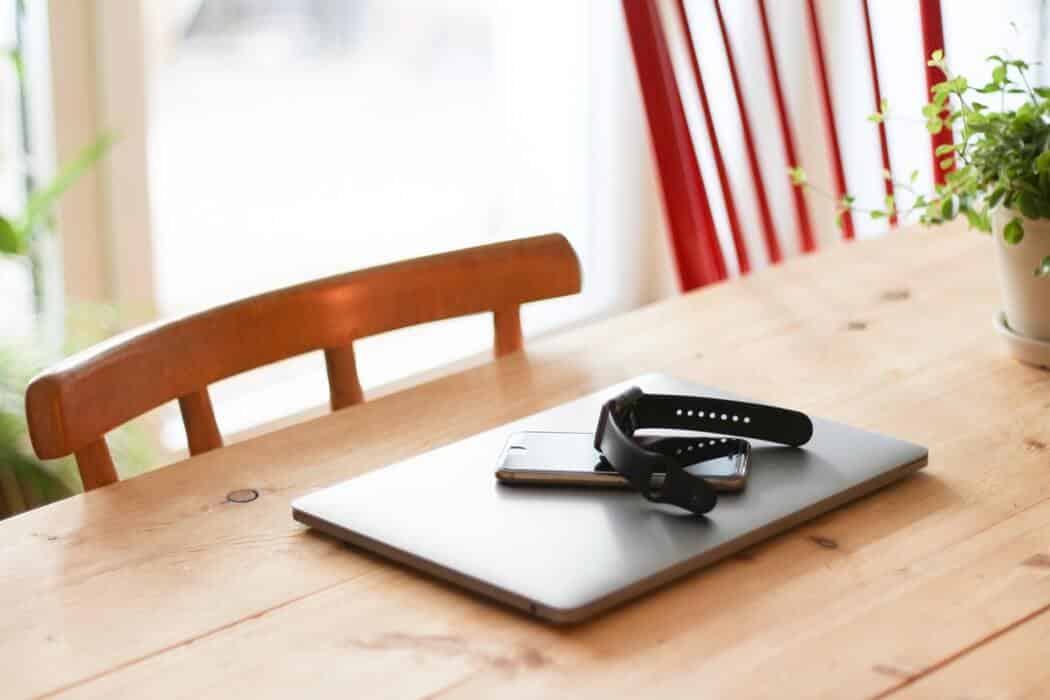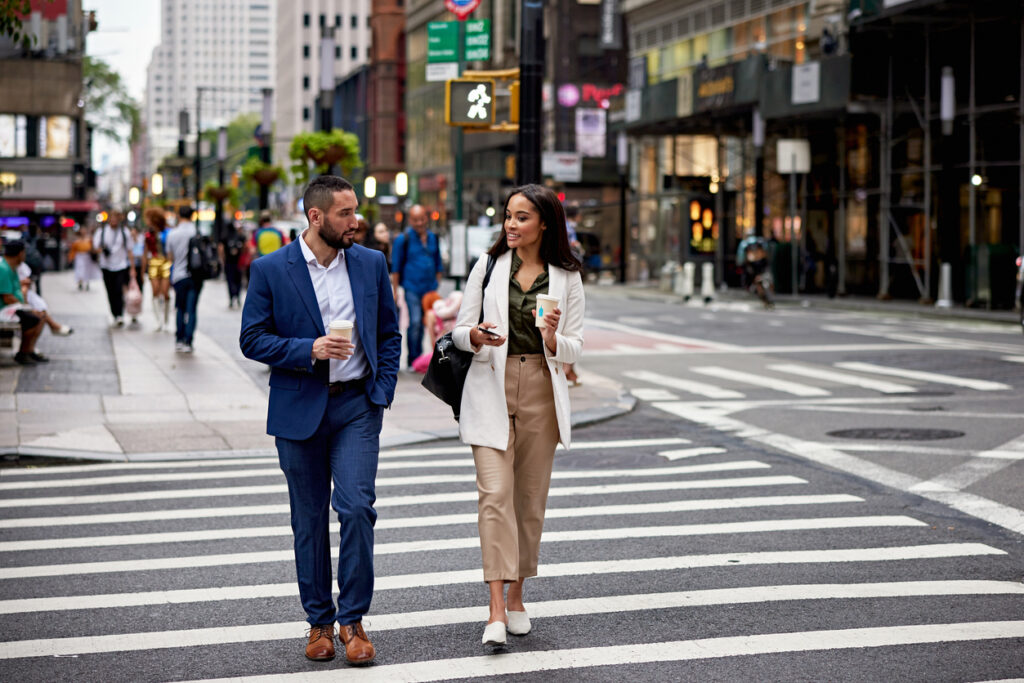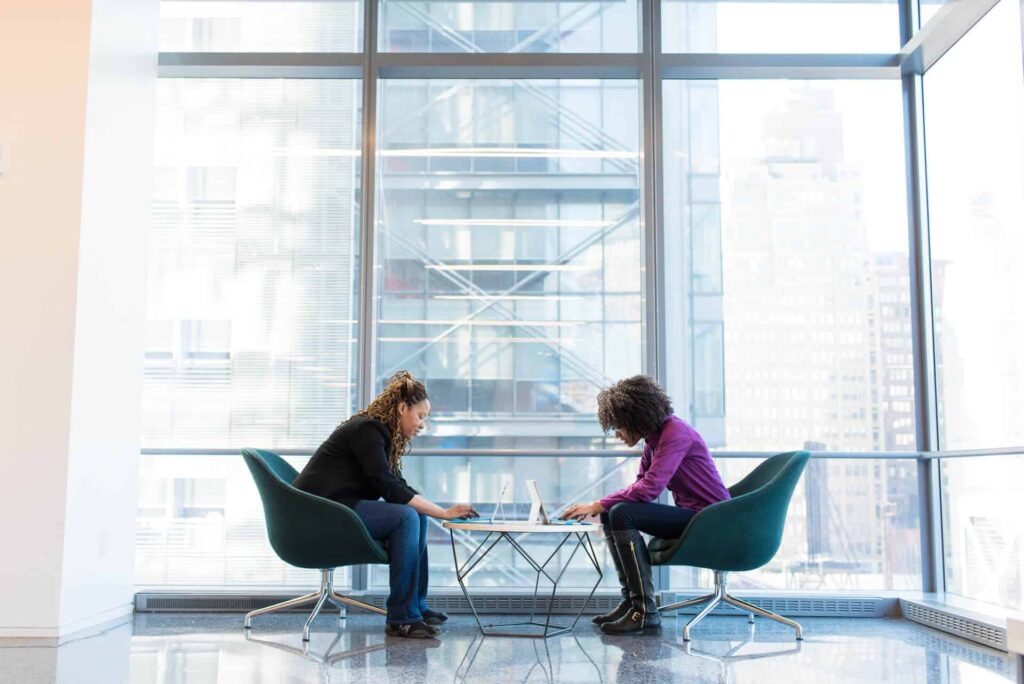Kirei President John Stein talks about how sustainable materials are an expectation along with form and function in today’s workplace design.
In the world of office design, the term “green” gets a bad rap sometimes. There’s a host of opinions when it comes to thinking about office design that adheres to a strict green philosophy and most are centred on trading in overall quality for environmental efficiency.
John Stein, President of Kirei, is leading the charge to change that perception. His business builds high quality products with unique designs that also just so happen to be green. He believes focusing on the products versus the mission itself will attract more organizations to adapt green design materials for their workplaces.
With today’s variety of high quality, beautiful eco-friendly design elements, offices can be green, great and productive all without breaking the bank.
Could you briefly break down your professional background and how you first got involved in helping create eco-friendly design materials for commercial architects and interior designers?
Stein: I had a marketing background doing collateral for a really wide variety of companies. A friend of mine showed me a piece of our first product, the Kirei Board, and it was really up the alley of what I was looking for.
I wanted to help provide sustainable solutions for people and saw so many other solutions on the market that were ugly with terrible marketing. I told him I could help and I knew how to market it. From there, we showed people and luckily they loved the product. They started asking where they could buy it and I was more than happy to help them.
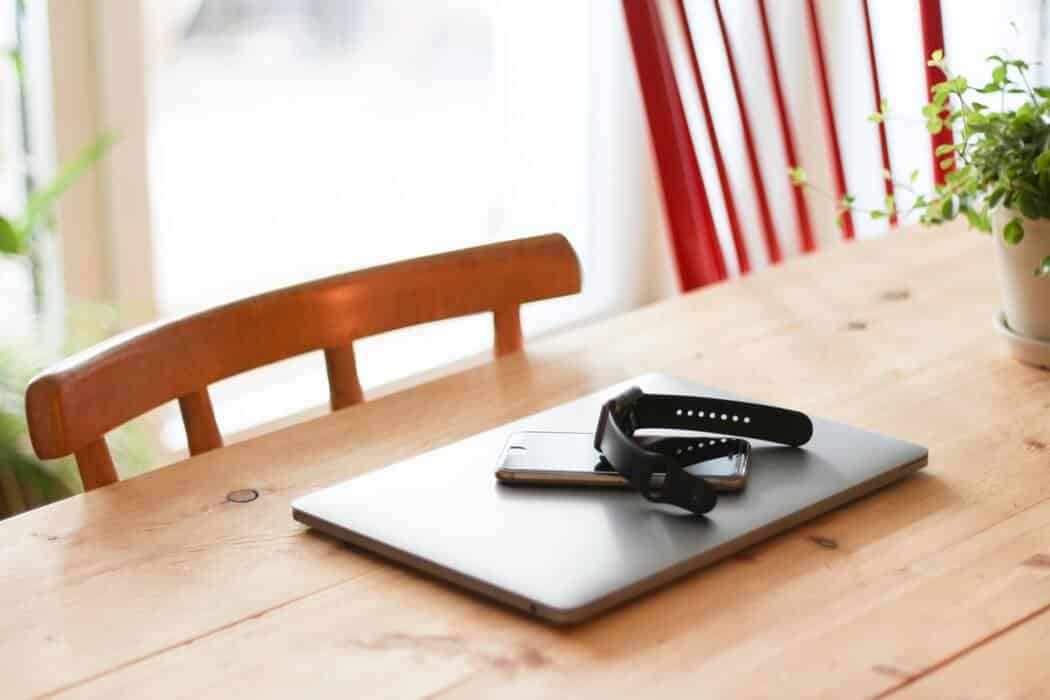
You’ve said that Kirei specializes in “making green sexy” and that there has been issues with the marketing of green products in the past. What do you think the problem with green marketing has been and how do you think it can be solved in order to entice organizations that may have not considered it before?
Stein: You have to take the word “green” off of whatever it is that you’re selling. You have to simply determine whether it’s a good product or service. Just because something is green doesn’t mean it’s a better product.
Green is only one part of the decision-making process for consumers at any level. You have to determine whether the product or service is meeting the needs of the consumer — in addition to being a sustainable solution.
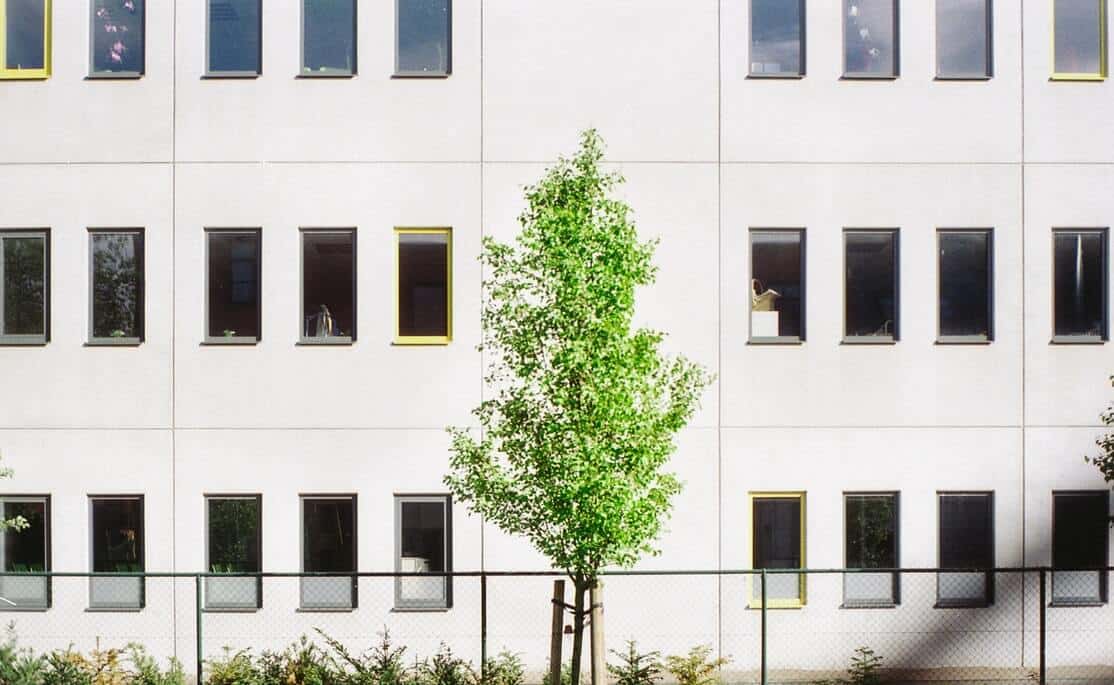
When you came out with Kirei’s early products, were you simply trying to create green products or specifically build products that solved particular issues for workplaces?
Stein: A little of both. It was almost like tricking people into going green. So many people had such a negative belief about green products: they didn’t work, they were expensive, they were ugly. If you show people a beautiful product, no matter what their political or economic leanings, they want to use it for their project.
Once they do that, they realize that it was in fact green and it didn’t hurt. It wasn’t as expensive as they thought and won them respect from their peers. There’s that realization that green doesn’t have to be a sacrifice. So often green means sacrifice and that’s a negative, in my opinion.
You have to change the perception because it’s so important. If you can’t change someone’s perception, you’re really not going to get anywhere. I think over the last 10-15 years running this company, that perception has changed significantly. People aren’t as negative about green. It’s not such a dirty word anymore. There’s at least a minimal need for green in every transaction and product nowadays.
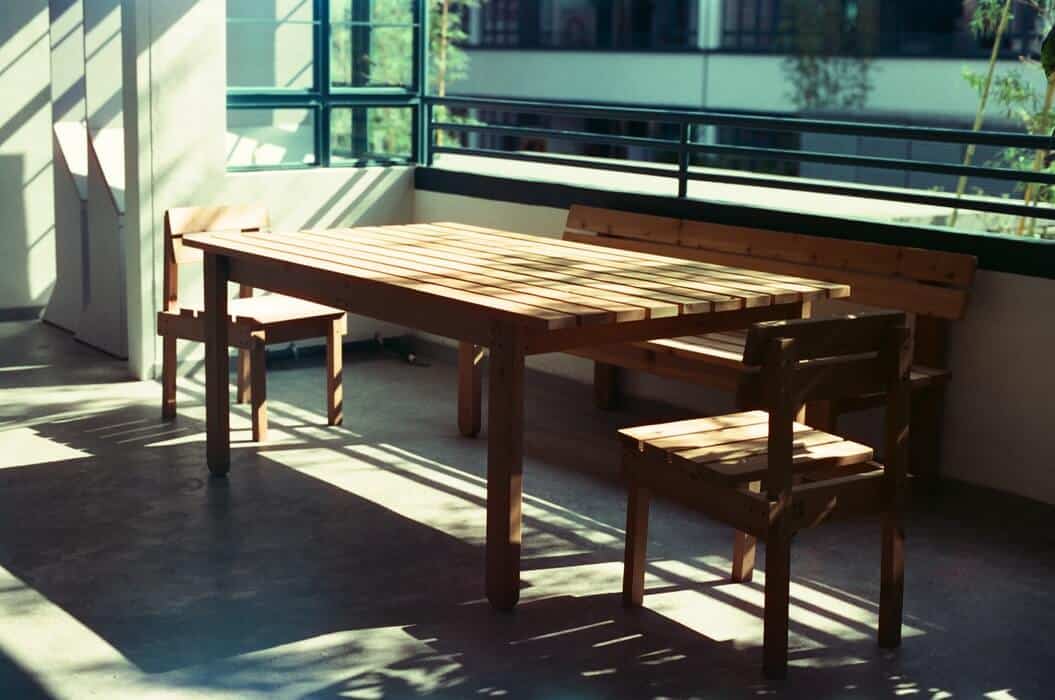
When it comes to office spaces, Kirei seems to have a very specific focus on acoustics. Why do you think this was such an important service to offer organizations?
Stein: The trend has been to open up all your workspaces. Open collaborative spaces are in right now. The reality is many of those open collaborative spaces have terrible acoustic issues and they need solutions. Most acoustic solutions have historically been unattractive, so providing a unique design element that can also solve the problem is part of the fun.
Functionality is king in most office spaces. It can’t just be a wall. It has to be a wall that does something. Is it a glass board wall we’re writing on? Is it an acoustic wall that absorbs sound? Is it a video wall? Real estate is at a premium and every service has to have multiple functionality.
There’s a need for sound management everywhere really. Education, government, healthcare. It’s across the board. A lot of spaces are open now and people are just realizing that you can fix sound problems. Teleconferencing doesn’t have to sound like you’re listening to the teacher from Peanuts.
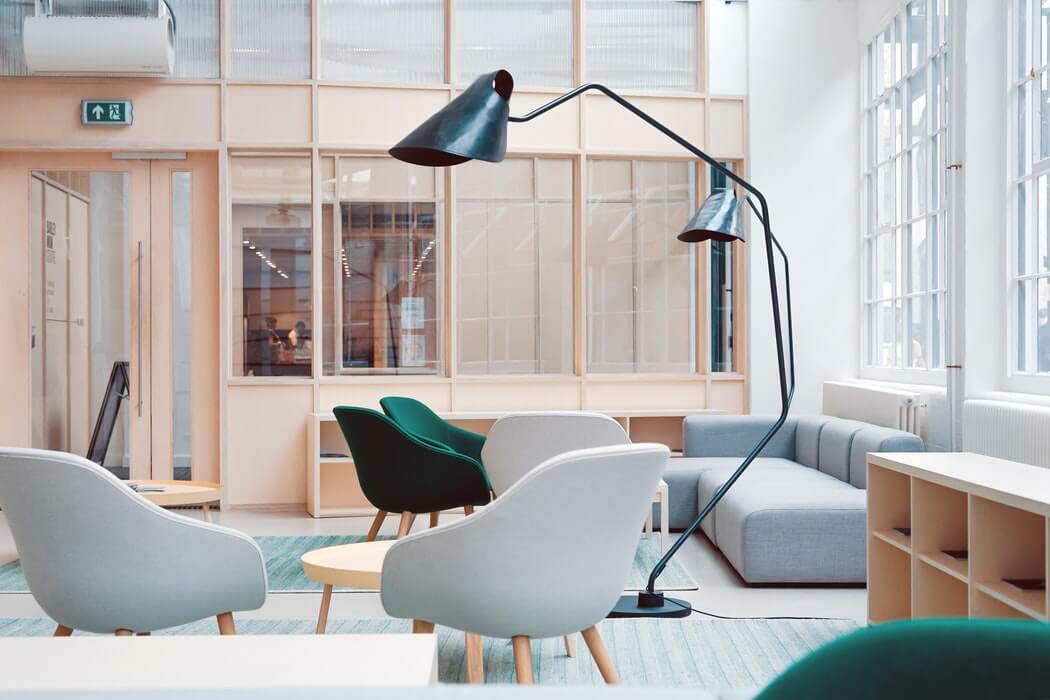
For a FM trying to sell their C-Suite on implementing some of these green design materials, how do you think they should approach that pitch outside the obvious eco benefits?
Stein: It’s not about the eco benefits. It’s about the dollars and cents, productivity, absenteeism, and turnover. Eco benefits are a tool to achieve the benefits that the C-Suite cares about.
Some of the metrics FMs can measure are absenteeism, patient and student outcomes, productivity. There are major differences in those metrics when you compare eco-friendly to non-eco-friendly spaces.
What are some of the biggest trends in eco-friendly design materials today? What are organizations seeking out now more than ever?
Stein: Almost every material has some kind of green story. Consumers are looking for it. You look at price, function, and also “what’s in this thing?” Consumers are not accepting materials with toxic components.
Organizations are looking for functional, beautiful design materials. It’s not enough to have a beautiful product. Are you absorbing the organic carbon? Are you providing acoustic control? These materials need to have double and triple duty.
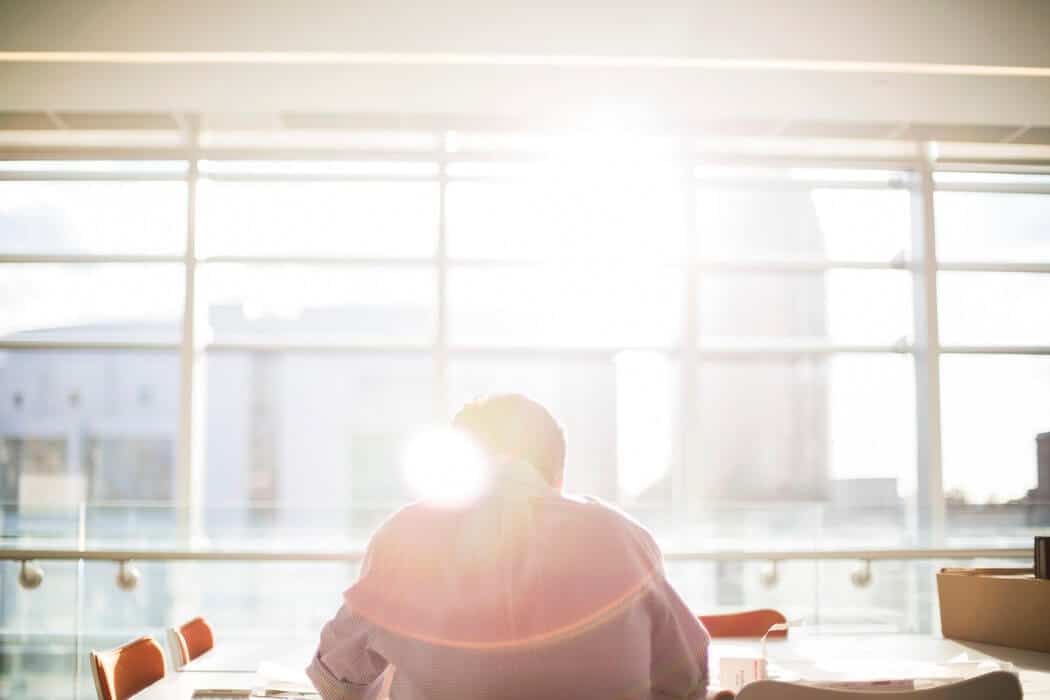
It seems like the move towards eco-friendly products is continuously rising in popularity with every year. How do you see the eco-friendly design material industry evolving in the next 10-15 years?
Stein: It’s going well beyond the early adopters now. It’s becoming one of the standard things people look at when creating an office space. Eco-friendly is now a minimum standard and we’re now moving past the minimum where everyone has an understanding of that standard. I see mass incorporation on a larger scale.
Educating organizations is also important. Most people think the materials are too expensive and it’s costing organizations more. If you can show reduced cost of ownership or increased profitability then the discussion changes.
Building eco-friendly products for organizations seems to be a very rewarding experience that helps people reduce their carbon footprint. What’s your favourite part of what you do?
Stein: It’s that satisfaction of helping people create better spaces. So many people think teleconferencing has to sound terrible. Meeting rooms and conference rooms have to sound terrible. That’s just the way it is. Well it’s not. You can change the way they work.
Explore Kirei’s extensive collection of eco-friendly design materials at their website and see their products for yourself.
How do you think the perception towards green office design is changing? Join the conversation and leave us a comment below.
Photos: Brina Blum, Daan Stevens, Harry Tang,Toa Heftiba, Bethany Legg

